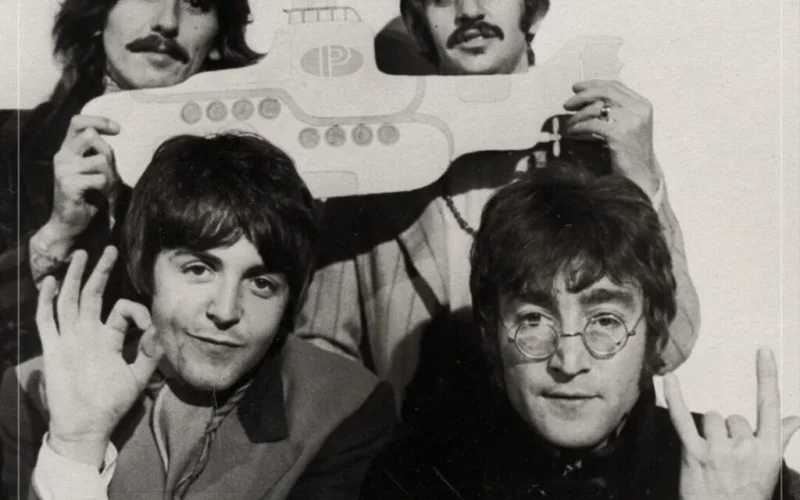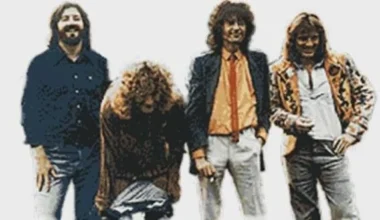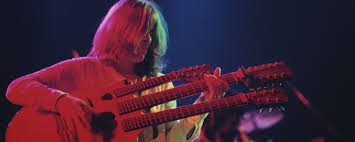After The Beatles disbanded in 1970, a new battle began—not over songs or money, but over the group’s image. Who had the right to define The Beatles? Who could approve reissues, merchandise, or documentaries? These questions became sources of tension among the surviving members for years.
Apple Corps, the company they founded in 1968, was supposed to handle group interests. But with each Beatle pursuing solo careers—and different philosophies—unanimous decisions became harder. By the 1980s, lawsuits emerged regarding the use of their likeness, logos, and even footage.
Paul McCartney and George Harrison, in particular, were wary of how the band’s image was being commercialized. They opposed some licensing deals, especially in the United States, where unauthorized Beatles memorabilia flooded the market. Meanwhile, Apple Corps was entangled in legal challenges from external companies claiming rights to Beatles-related branding.
In the 1990s, the release of The Beatles Anthology finally brought the remaining members into alignment—at least temporarily. They agreed on the narrative, approved the visuals, and contributed new material. But even then, subtle disagreements surfaced in interviews about who should “speak for the group.”
After George’s passing and as Paul and Ringo grew older, the tone softened. Paul now often speaks as the public face of the legacy, while Ringo supports key projects. Yoko Ono and Olivia Harrison have also played crucial roles in protecting their husbands’ contributions.
The image of The Beatles isn’t owned by one person—it’s shared, protected, and debated by those who knew them best. And for fans like me, that complexity only deepens the meaning of what they left behind.






